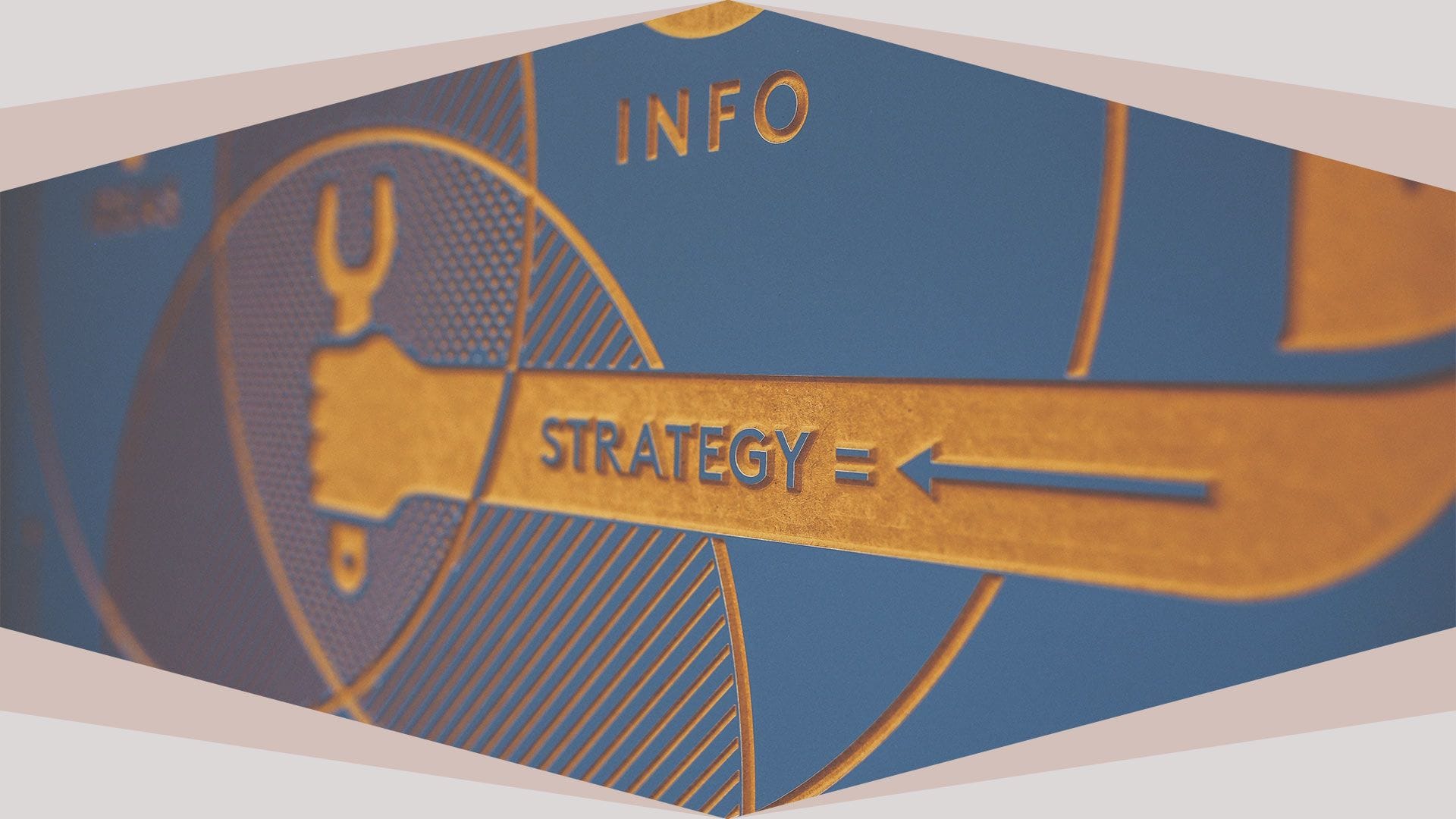Remote Work's Impact on the Employer-Employee Relationship

by Jennifer Cameron

Jennifer Cameron is the CEO of Blend Me, Inc, a remote people operations consultancy that helps startups and small businesses transform into high-functioning remote or hybrid-remote workplaces. She has a Masters's Degree from the University of Connecticut in Organizational Development and currently specializes in Change Management, Executive Leadership Coaching, and Employee Engagement. She originally published this piece here.
In recent years, the relationship between employers and employees has undergone significant changes. There’s no one true cause behind this shift, but several factors driving it include changes in technology, globalization, and shifts in the labor market. The traditional top-down hierarchy of management has evolved into a more collaborative and inclusive approach to leadership. The employer-employee relationship has become more complex and dynamic with societal changes and technological advancements. What has changed in the workforce, how it’s changed the employer-employee relationship, and what it could mean for the professional world moving forward?
Freelancers and the Gig Economy
First, the rise of the gig economy has massively impacted the employee experience. In recent years, there has been a notable increase in non-traditional employment arrangements such as freelancing, temporary contract jobs, and gig work. In fact, it is estimated that more than half of the United States workforce will be participating in gig work by 2027. While these arrangements offer flexibility and bring in extra income, they often involve less job security, fewer benefits, and lower wages than traditional employment. As a result, while employees may rely on a more traditional employer for security, their job may not be their main work priority. Careers have become more flexible in general, meaning that many employees are not likely to stick with one job or company for the majority of their careers.
With all of this being said, the advent of remote work has had the most significant impact on the employer-employee relationship. There are several major factors to consider when it comes to any kind of workplace, but especially in a world where remote or hybrid-remote work is more widely utilized. Understanding how the workplace has changed can help to examine the ways employees’ attitudes and expectations have changed as well.
Flexible Work Arrangements
There has been an increase in work flexibility. In 2020, the pandemic accelerated the adoption of remote work worldwide and many companies were forced to adopt remote-first work policies to ensure the safety of their employees. With the advancement of technology, employees can work from anywhere in the world, and companies have become more open to remote work. Even as the pandemic’s emergency declaration ends, many companies are opting to continue with remote or hybrid-remote work models. This shift in work culture has led to greater flexibility in work arrangements, such as telecommuting, job sharing, and flexible schedules.
The advent of remote work models first came from necessity—now, it is often a preference of employees. According to McKinsey, 87% of American workers want flexible options when it comes to the workplace. And, remote work isn’t going anywhere: Researchers at Stanford University say that 20% of full workdays will be supplied by employees at home in the foreseeable, post-COVID future, compared with just 5% pre-pandemic.
Aside from a greater expectation for flexibility from workers, many companies have recognized the benefits of remote work, such as decreased overhead costs, increased productivity, and happier employees. Employers who offer flexible work arrangements have reported improved employee satisfaction, productivity, and retention rates (Forbes).
The pandemic has also challenged employers to find new ways to connect and support their remote workers, such as virtual team-building activities and mental health resources. In recent months, there has been a push by employers for a return to the office, with nearly 50% of companies now advocating for a 5-day in-person workweek. However, for many organizations, this may be worth reconsidering.

Return to Office Has Broken Employer Trust
When it comes to remote work, there is a two-way concern when it comes to trust: employers want to ensure that workers are using their time productively, while employees don’t want to feel micromanaged. For many employees, the push by some companies to force them back to the office is against their will. This has led to a backlash from employees who have become accustomed to the benefits of remote work and do not want to return to the traditional office setting. The result is an obvious strain and breakdown in the relationship between employers and their workers.
Employees who feel that their concerns are not being taken into account may become disengaged or even quit, leading to increased turnover and decreased productivity. However, the lack of trust goes both ways—there is a deeply rooted perception amongst managers that remote workers are not as motivated or productive as their on-site employees. While there is little data to support this, much of the push to return to office is rooted in this belief, causing an erosion in the way employers and their employees perceive one another.
To maintain a positive employer-employee relationship, companies should take steps to listen to their employees' concerns and find ways to accommodate their needs. This could involve offering a hybrid work model that allows employees to work both remotely and in the office, offering additional perks and incentives for those who do return to the office, or providing additional safety measures in the workplace to address COVID-related employee concerns. The idea of what work is, how it can be done, and how employees interact has been reshaped by the pandemic—now it’s up to employers to lean into it.
Focus on Employee Well-being and Engagement
Another significant change in the employer-employee relationship is the increased focus on employee well-being, especially due to the pandemic. Employers are recognizing the importance of supporting their employees' mental and physical health. In a recent Gallup report, employee wellness was found to have a direct connection with reduced burnout, lower turnover rates, and higher levels of belonging. Companies are implementing wellness programs, offering mental health resources, and promoting work-life balance. The focus on employee well-being has become a crucial factor in attracting and retaining top talent. The emphasis on wellness has gone beyond being a perk—it’s a necessity. A U.S. Department of Labor and U.S. Department of Health and Human Services report found that 80% of US businesses with more than 50 employees offered corporate wellness programs.
Additionally, there has been an overall greater focus on employee engagement during working hours. Employers are no longer simply delegators, or managers—they are increasingly recognizing the importance of employee engagement and have invested in programs to foster a positive workplace culture and promote employee well-being. Creating this sense of belonging in the workplace is important, as burnout and disinterest can result in higher employee turnover.
These considerations are important from the outset, starting with the recruiting of new employees. More than half of Millennials and younger consider wellness programs important when looking for a job, and nearly 9 in 10 employees consider a benefits package when considering a new job. For many companies, the implementation of a comprehensive benefits package, and overall mental wellness resources, can significantly affect the relationship between employees and their employer.
Collaborative Leadership
Lastly, the traditional top-down hierarchy of management has evolved into a more collaborative and inclusive approach to leadership. Companies are recognizing that employees want to have a voice in the decision-making process. Leaders are now working together with their employees to achieve common goals. This approach has led to increased employee engagement, better communication, and a more positive work environment. A recent study found that companies that promoted a collaborative work environment were 5 times more likely to be considered “high performing.”
The rise of social media and other digital communication tools has made it easier for employees to voice their opinions and concerns. This has challenged companies to be more transparent and accountable to their employees. Companies are now implementing feedback mechanisms and other tools to ensure that their employees feel heard and valued. This shift towards collaborative leadership has also led to increased diversity and inclusion in the workplace, as companies are recognizing the importance of diverse perspectives and experiences. This can even out the playing field and create more of a flat organizational model, strengthening the employees’ perception of their employer.
Conclusion
In conclusion, the employer-employee relationship has changed significantly in recent years. The rise of flexible work arrangements, focus on employee wellbeing, eroding trust between managers and workers, and a shift towards collaborative leadership are just a few examples of how this relationship can be fostered and strengthened. As we continue to navigate the ever-changing world of work, it is essential to recognize and adapt to these changes to ensure a positive and productive workplace for all. Employers who prioritize flexibility, wellbeing, and employees’ input will be better equipped to attract and retain top talent and succeed in today's dynamic business environment.









